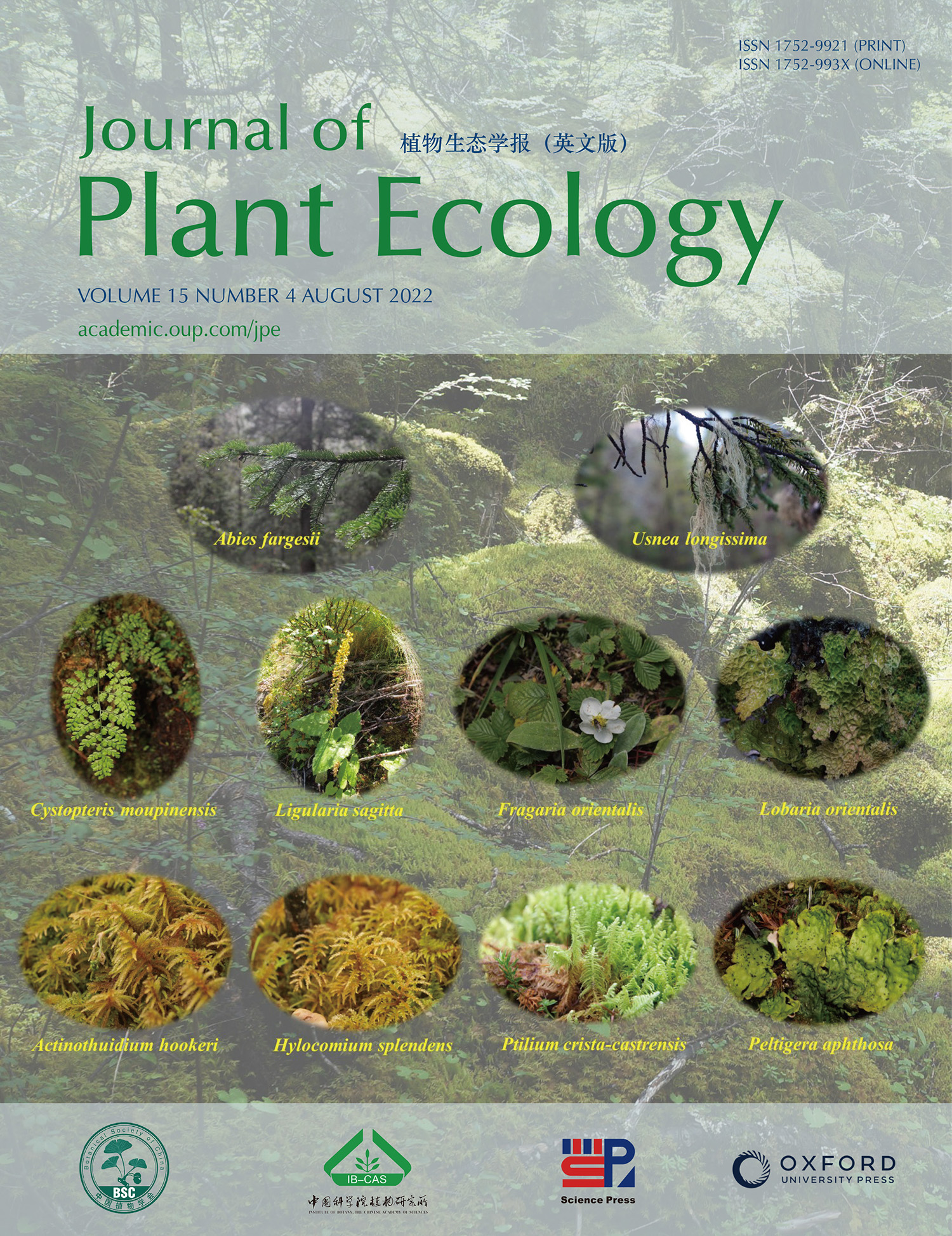Current Issue
-
 Volume 15 Issue 4
Volume 15 Issue 4
The most common understory tracheophytes, mosses, and lichens in an old-growth fir forest (3700 m a.s.l.) in Dagu Glacier Park of Heishui County in Sichuan Province, China. Here, bryophytes are abundant forest-floor components, forming a continuous carpet and accounting for approximately 60% of the ground cover. In moist subalpine forests, poikilohydric plants play important roles in energy flows, nutrient cycling, and water and soil conservation, as well as contributing considerably to biological diversity. See Wang et al. in this issue.
IF: 2.7
5-year IF: 2.6
5-year IF: 2.6
Editors-in-Chief
Yuanhe Yang
Bernhard Schmid
Yuanhe Yang
Bernhard Schmid
CN 10-1172/Q
ISSN 1752-9921(print)
ISSN 1752-993X(online)
ISSN 1752-9921(print)
ISSN 1752-993X(online)








